Introduction
Japanese culture is renowned for its exquisite artistry and attention to detail, and traditional Japanese patterns, known as “wagara,” are a testament to this rich heritage. Wagara patterns have adorned various aspects of Japanese life for centuries, from kimono textiles to home decor and ceramics. In this article, we will dive into the captivating world of wagara, exploring some of the most prominent and beloved patterns that have become iconic symbols of Japanese design. Additionally, we will showcase examples of objects, buildings, and furniture that incorporate these patterns into their aesthetic.
Asanoha – The Hemp Leaf Pattern
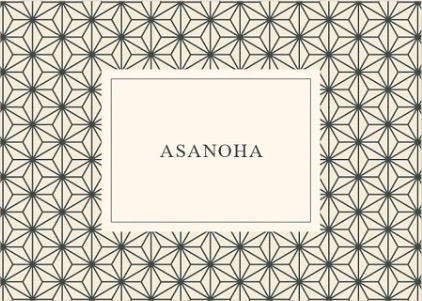
Asanoha, derived from the word “asa” (hemp) and “ha” (leaf), is a geometric pattern inspired by the hemp plant. This pattern features a repeating motif of interlocking diamond shapes, symbolizing growth and good fortune.
The Asanoha pattern can be found not only in textiles but also in other design elements. One example is in traditional Japanese sliding doors, known as fusuma, where Asanoha motifs are delicately painted or carved, adding a touch of elegance to interior spaces. Additionally, contemporary furniture and home decor often incorporate Asanoha patterns, such as printed cushions or table linens, bringing a sense of tradition and beauty to modern interiors.
One such company making amazing woodwork doors with traditional Japanese patterns is Tanihata – Kumiko; pictured above.
Shibori – The Art of Tie-Dye
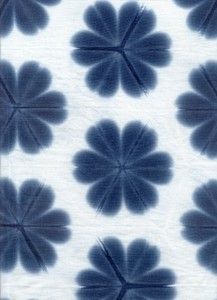
Shibori is a traditional Japanese dyeing technique that creates intricate patterns by folding, twisting, or tying fabric before dyeing. The result is a mesmerizing design characterized by unique variations and irregularities. Shibori patterns can be found in a range of styles, including the popular “kanoko shibori” (small, round dots) and “kumo shibori” (cloud-like patterns).
Shibori patterns have gained popularity beyond textiles and are now seen in various design applications. In interior design, Shibori-inspired wallpaper or wall murals can create a stunning focal point in a room, adding texture and visual interest. Furthermore, furniture upholstery featuring Shibori patterns can infuse a space with a sense of artisanal craftsmanship and a touch of the traditional Japanese aesthetic.
Shippo – The Seven Treasures Pattern
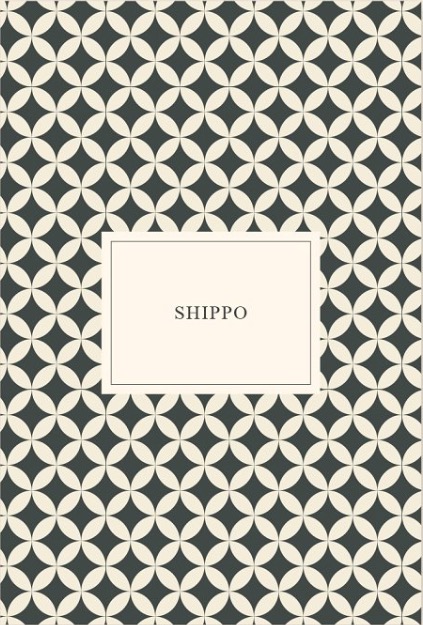
Shippo, meaning “seven treasures,” is a geometric pattern composed of interlocking circles. Inspired by Buddhist symbolism, this pattern represents the seven precious objects of Buddhism, including gold, silver, and gems.
The Shippo pattern has inspired not only textiles but also architectural designs. Traditional Japanese roofs often incorporate Shippo motifs in their ceramic tiles, creating a beautiful and intricate pattern that adds character and visual appeal to buildings. Additionally, Shippo patterns can be found in ceramic tableware, such as plates and bowls, where the design is meticulously hand-painted, showcasing the skill of the artisans.
Seigaiha – The Blue Wave Pattern
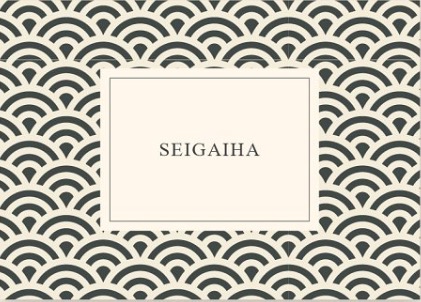
Seigaiha, translating to “blue wave,” is a classic Japanese pattern that symbolizes the ebb and flow of the ocean. It features repeating arcs resembling ocean waves, often depicted in shades of blue against a contrasting background. These patterns are commonly used in textiles, such as kimono fabric.
Seigaiha patterns are not limited to textiles and can be found in architecture as well. Japanese gardens often feature ponds or water elements with bridges adorned with Seigaiha motifs, creating a serene and harmonious atmosphere. The pattern is also incorporated into decorative elements of temples and shrines, where blue tiles with Seigaiha designs adorn the roofs, representing the connection between nature and spirituality.
Komon – The Small Repeated Patterns
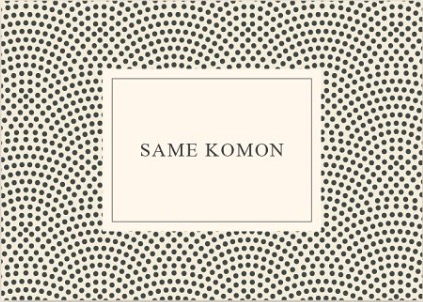
Komon refers to small, intricate patterns that are densely repeated throughout the fabric. These patterns can vary widely, ranging from floral motifs to geometric designs. Komon patterns are commonly found in kimono textiles and are often associated with casual or everyday wear.
Komon patterns have made their way into modern design, particularly in the realm of fashion and accessories. Contemporary clothing brands often incorporate Komon-inspired prints into their collections, ranging from dresses and blouses to scarves and handbags. These patterns add a touch of elegance and a nod to Japanese tradition to the fashion world.
Kikko – The Tortoiseshell Pattern
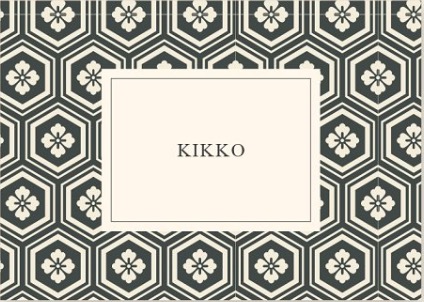
Kikko, meaning “tortoiseshell,” is a hexagonal pattern that resembles the pattern on the shell of a tortoise. It is a symbol of longevity, good luck, and protection against evil.
Kikko patterns can be found in various design applications, including home decor and accessories. In interior design, you may come across Kikko-inspired wallpaper or rugs, where the intricate geometric pattern adds a touch of sophistication to the space. Additionally, decorative objects like vases or ceramic bowls often feature Kikko motifs, showcasing the fusion of traditional Japanese aesthetics with contemporary design.
Yagasuri – The Arrow Feather Pattern
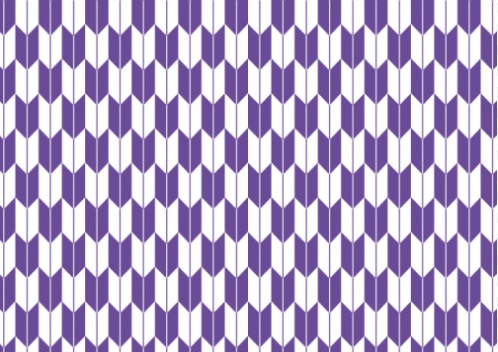
Yagasuri, or arrow feather pattern, derives its name from its resemblance to the fletchings of arrows. This pattern features diagonal lines or zigzag shapes that intersect, creating a dynamic and energetic design.
Yagasuri patterns have found their way into modern fashion and textiles. Many clothing brands incorporate Yagasuri-inspired prints into their collections, offering a contemporary twist on this traditional design. From dresses and skirts to scarves and handbags, Yagasuri patterns bring a sense of movement and dynamism to fashion, while staying true to their Japanese roots.
Yabane – The Arrow Feather Pattern
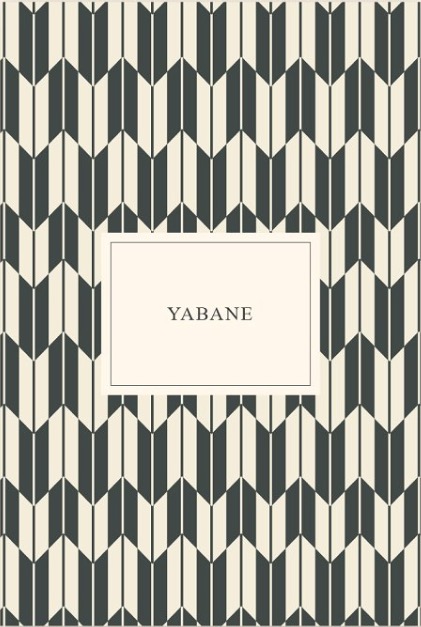
Yabane, similar to Yagasuri, is another arrow feather pattern but with distinct characteristics. It features curved lines that create a more flowing and graceful design. Yabane patterns are often used in kimono textiles, decorative arts, and even architectural elements.
Yabane patterns have become popular in fashion and textiles. Designers often utilize Yabane-inspired prints in clothing, such as blouses, jackets, or trousers, to create a unique and eye-catching look. These patterns add a sense of energy and style to garments, reflecting the elegance and precision of traditional Japanese artistry.
Kojutsunagi – The Interlocking Hexagons Pattern
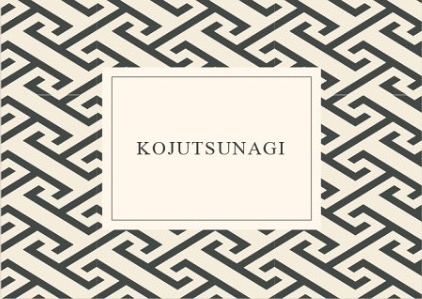
Kojutsunagi is a pattern consisting of interlocking crosses, creating a mesmerizing grid-like design. It symbolizes unity, harmony, and the interconnection of all things. Kojutsunagi patterns can be found in various traditional crafts, including ceramics and textiles.
Kojutsunagi patterns have made their way into various design elements, including furniture and home decor. Coffee tables or side tables with Kojutsunagi-inspired patterns inlaid in wood or ceramic tiles are excellent examples of how this pattern can elevate the aesthetic of a space. Additionally, decorative pillows or upholstery featuring Kojutsunagi motifs can add visual interest and a sense of refinement to sofas or chairs.
Kanoko – The Fawn Pattern
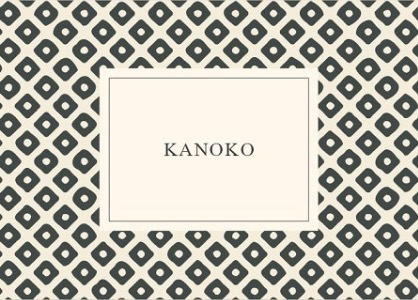
Kanoko, meaning “fawn,” is a pattern characterized by small, round dots spread across the fabric. It resembles the spots on a fawn’s coat and adds a whimsical touch to textiles.
Kanoko patterns are commonly found in textiles and accessories. Traditional kimono fabrics often feature Kanoko motifs, showcasing the delicate beauty of this pattern. Kanoko-inspired handbags, scarves, or even smartphone cases have also gained popularity, allowing people to carry a piece of Japanese elegance with them wherever they go.
Conclusion
Traditional Japanese patterns, or wagara, are not confined to textiles alone. They have transcended their original forms and have become influential in various design aspects, from architecture and interior design to furniture and fashion. Whether adorning sliding doors, roofs, or ceramic tableware, these patterns create a sense of cultural richness and aesthetic refinement. By incorporating wagara into their designs, creators and artisans pay homage to Japan’s artistic heritage while infusing contemporary spaces and objects with a touch of timeless beauty and elegance.
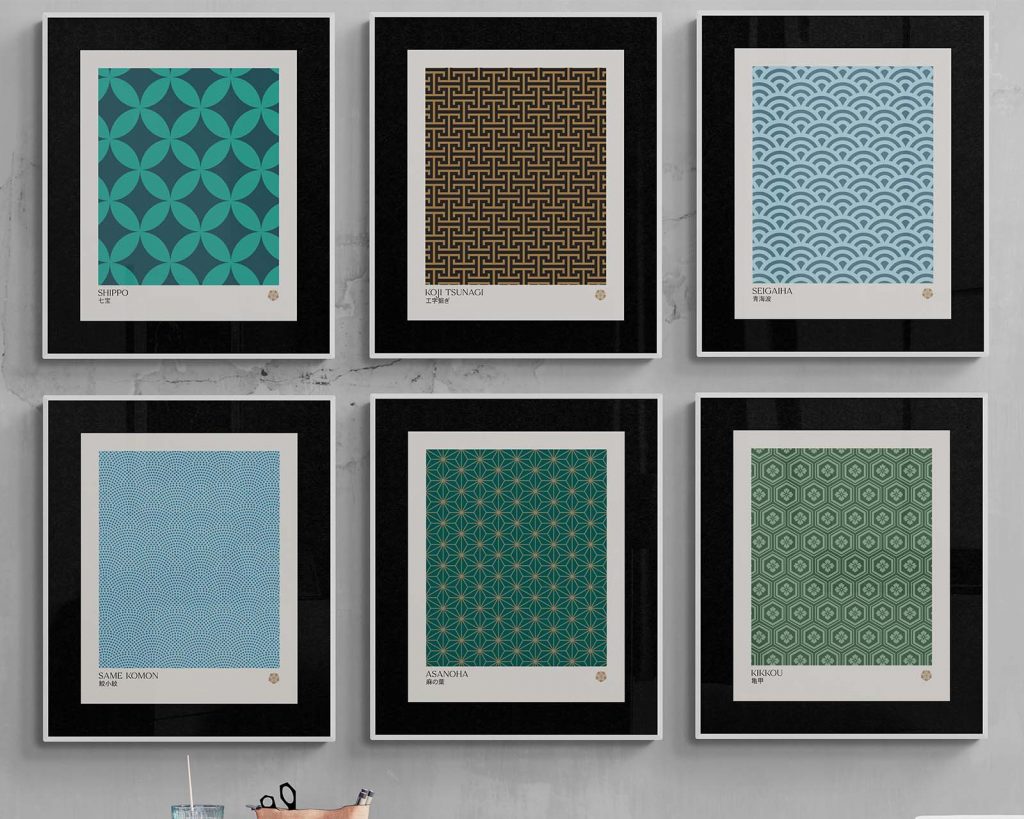
Visit The Art of Zen shop today to buy a modern set of wagara art prints and add Japanese style to your space.
At the Art of Zen we have a wide selection of original Japanese style art prints in the ukiyo-e and Japandi style.
Photo credit: the featured image at the top is by Tanihata – Kumiko Wood working, Japan.
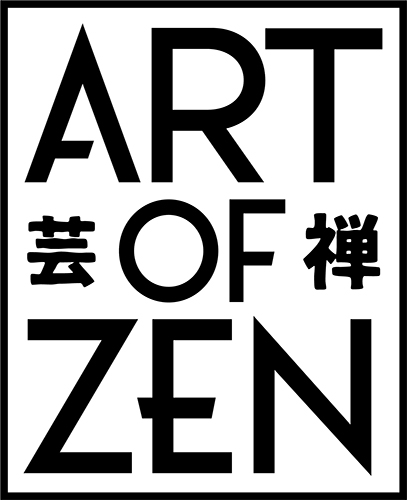

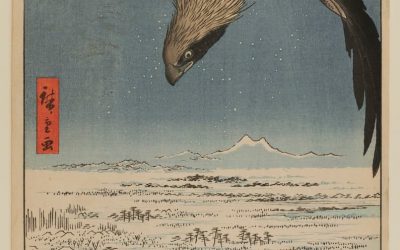

0 Comments